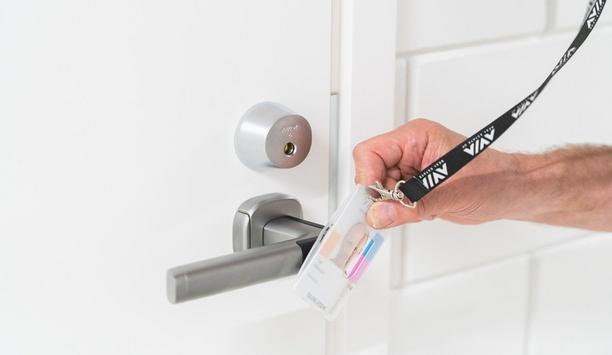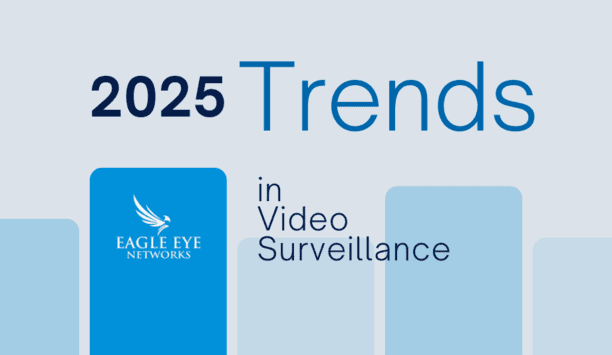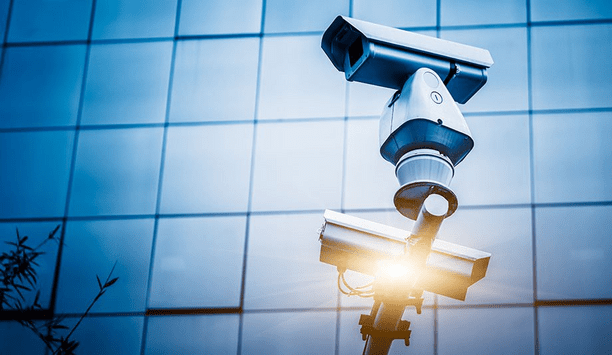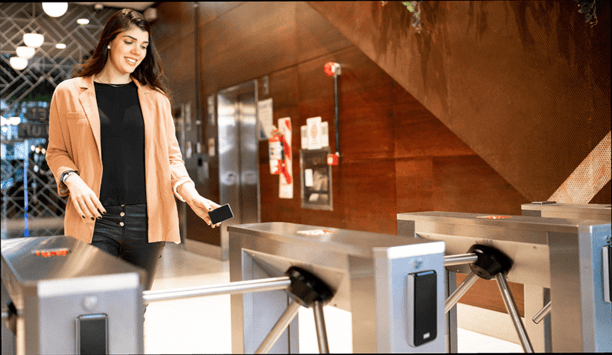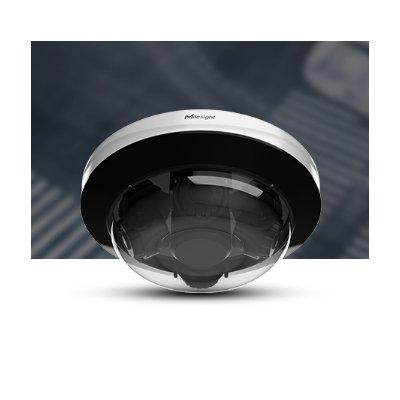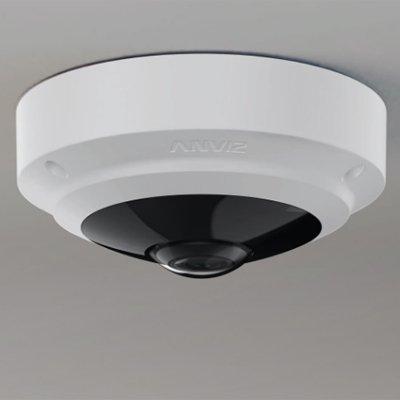In an effort to improve cyber-threat information sharing and analysis, Johnson Controls, a global provider in energy efficiency, integrated solutions and building controls, announces a Cooperative Research and Development Agreement (CRADA) with the U.S. Department of Homeland Security (DHS), Office of Cybersecurity and Communications. The agreement will help secure our nation’s critical infrastructure from those with malicious intent.
The U.S. Energy Information Administration (EIA) reports that buildings consume nearly half of all energy produced in the United States. Proper use of building automation systems can greatly reduce energy consumption, lower operating costs and increase efficiency. But today’s smart buildings must be secure, as well.
Better protection of customers and critical systems
“Defending against cyber threats today and tomorrow requires the secure design, development and deployment of building automation systems and controls,” said Bill Jackson, president of Johnson Controls’ global products, Building Technologies and Solutions. “Our relationship with DHS enables our cybersecurity experts to collaborate with their counterparts in the federal government so that we can better protect our customers and critical systems around the world.”
Through its agreement with DHS, Johnson Controls will participate in the Cyber Information Sharing and Collaboration Program (CISCP), taking part in multi-directional cybersecurity information sharing and analytic collaboration between government and the private sector.
“We’re excited about this opportunity to work with DHS to help secure building automation systems and critical infrastructure from cyber threats,” adds Jackson. “Johnson Controls has always been an innovator in this space, beginning with Warren Johnson’s invention of the electric room thermostat – 131 years ago – and the building controls industry that grew out of that early technology. Addressing the new challenge of cyber threats to embedded building control systems is a logical next step in that journey.”







